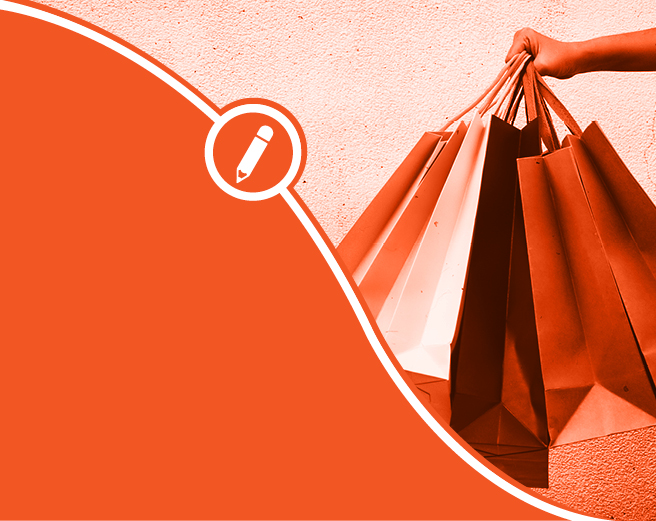 Something weird happened to me yesterday. I walked into one of my favorite retail stores, Swoozies. I needed a greeting card, and while there, thought I’d grab a gift bag because they always have the cutest designs.
Something weird happened to me yesterday. I walked into one of my favorite retail stores, Swoozies. I needed a greeting card, and while there, thought I’d grab a gift bag because they always have the cutest designs.
I walked to the back of the store where they are always stocked, only to find a clearance table in place of the normal display of gift bags. No bags, just a whole collection of random items. Befuddled, I walked around the entire store. No luck.
When I asked the clerk about it, she said they no longer sell gift bags. Right away I noticed a bunch of other lines missing around the store from what I am used to seeing. This, like many things going on all around us these days, was a by-product of Coronavirus.
There’s a new trend in town
Food Dive recently pointed out that retailers and CPGs are moving toward selling fewer products in stores:
As the pandemic pushes some items off shelves, businesses are finding that a smaller selection of products reduces consumer confusion, boosts sales and trims expenses for retailers and manufacturers.
For example, IGA, the largest independent grocery chain in the world, is taking out aisles and compressing product assortments to make more room for fresh food, store-made items and local foods. Each IGA store contains an average of 30,000 products.
The Perks
Optimizing product selection has some nice benefits for supply chains:
- More time to restock shelves, protect employees & implement other safety measures that are increasingly vital to customer experience
- Ability for manufacturers to refocus production on popular items
- More physical space for current high-demand items like alcohol & paper towels
- Less customer confusion & manageability when it comes to keeping items in stock
- Improved customer satisfaction & sales growth
- Greater margins by cutting back on less profitable or slower-selling items
What About Choices?
Some argue that a skinnied-down selection could harm the shopping experience because it takes away choices, and customers want choices. I was certainly frustrated when I wasted 10 minutes looking for a gift bag that no longer existed.
Reducing your product mix could be a good idea; but if you are skeptical, there are other strategies that can help you achieve these same benefits and free up cash in this challenging environment…
SCP and Pricing Solutions
Bottom line, you do not necessarily have to get rid of products to improve profitability, customer service and efficiency. You just need better science to help make decisions on what to carry, how much, where to put it, and how to price it.
Supply Chain Planning and Pricing Solutions that use intelligent analytics and forecasting automation can analyze tens of thousands of SKUs and deliver the most profitable inventory and pricing scenario for every single product.
These solutions empower users to very quickly and painlessly:
- Monitor real-time demand trends, including fresh food forecasting
- Run cost-of-service analyses to reduce transportation costs
- Move inventory efficiently between locations to meet delivery requirements
- Determine the most optimal replenishment cycles based on current influences like supplier minimums, deal opportunities, seasonal demand, and – yes – even a pandemic!
- Identify where products are under-/over-priced, adjust prices on the fly according to customer willingness-to-pay, and make other strategic price changes to deplete excess inventory or increase margins on high-demand items














